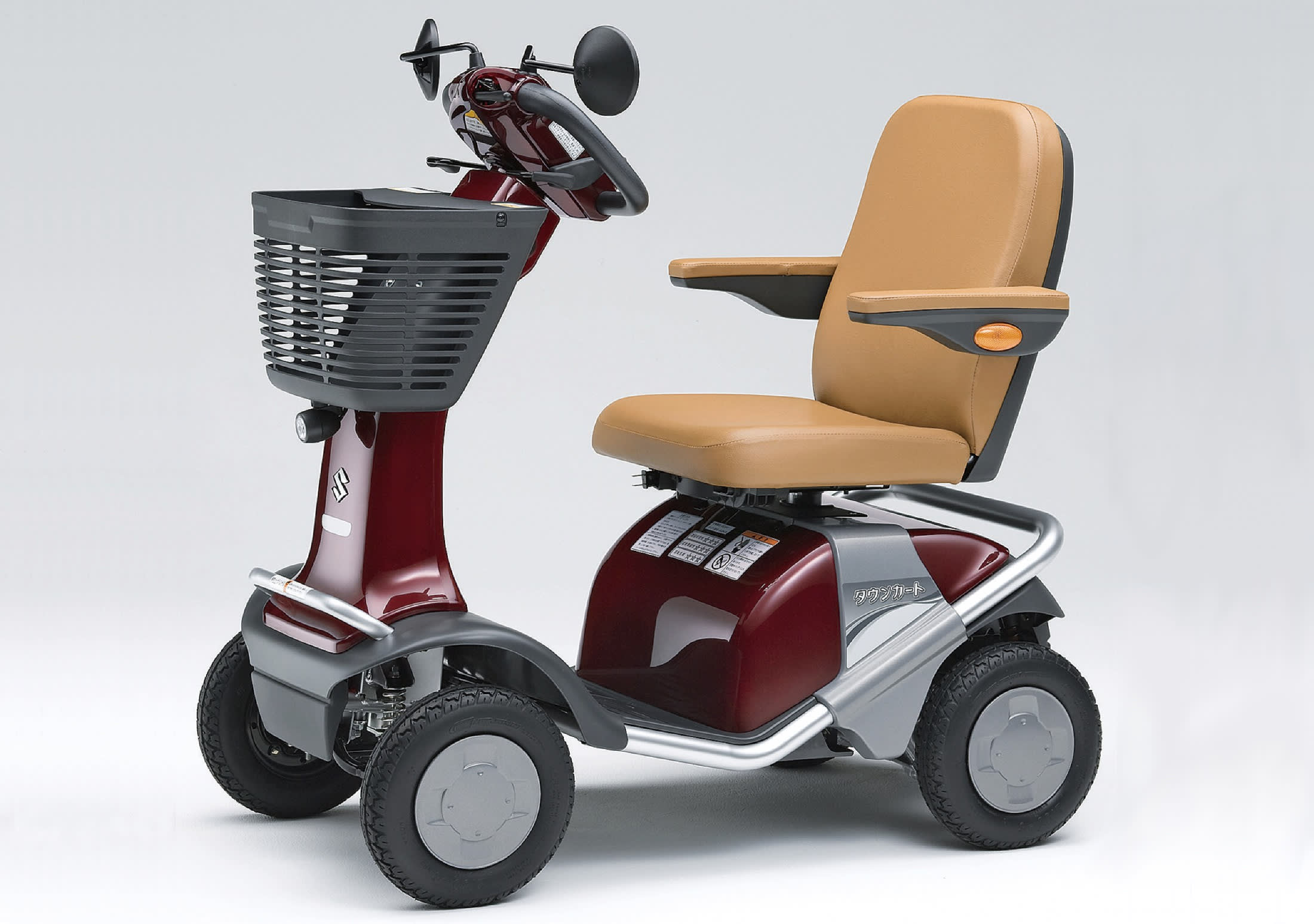As the demand for elder care continues to grow, care homes are under increasing pressure to provide high-quality, compassionate care that meets the individual needs of residents. Person-centred care (PCC) has become a central focus in modern care homes, representing a shift from traditional, one-size-fits-all approaches to a more personalised model of care. This method emphasises each resident’s dignity, preferences, and individual needs, ensuring that care is tailored to their unique life experiences and desires. This article explores the significance of person-centred care, its benefits, and how it is implemented in care homes like Chingford Care Home.
Understanding Person-Centered Care
What is Person-Centered Care?
Person-centred care (PCC) is a holistic approach to caregiving that prioritises residents’ needs and preferences. Unlike traditional care models, which often focus on care’s medical and physical aspects, PCC integrates each person’s emotional, social, and psychological needs. This approach recognises each resident’s individuality, valuing their life history, interests, and personal choices.
Person-centred care involves involving residents in decisions and creating a care plan that reflects their unique preferences and goals. This approach fosters a sense of autonomy and respect, making care more meaningful and engaging for residents.
Benefits of Person-Centered Care
Enhanced Quality of Life
One of the most significant benefits of person-centred care is improving residents’ quality of life. When care is tailored to individual preferences, residents experience greater satisfaction and well-being. This approach helps maintain dignity, independence, and self-esteem, leading to a more fulfilling and enriched life.
For example, residents at Chingford Care Home who receive person-centred care may enjoy personalised activities that align with their interests, such as gardening, art, or music. It keeps them engaged and contributes to their overall happiness and satisfaction.
Reduced Behavioral Issues
Person-centred care can also reduce behavioural issues commonly observed in care settings. When residents’ needs and preferences are respected, they are less likely to exhibit signs of distress, agitation, or resistance. Care homes can create a more harmonious and supportive environment by addressing the root causes of such behaviours and providing care that aligns with their preferences.
Implementing Person-Centered Care in Care Homes
Creating Individualised Care Plans
A core component of person-centred care is the development of individualised care plans. This care home involves conducting thorough assessments of each resident to understand their unique needs, preferences, and life history. Care plans are then created in collaboration with residents and their families, ensuring that all aspects of their care are tailored to their specific desires.
These care plans are regularly reviewed and updated to reflect changes in resident needs or preferences. This dynamic approach ensures that care remains relevant and practical, providing ongoing support that adapts to each resident’s evolving needs.
Training and Empowering Staff
The success of person-centred care depends mainly on the attitudes and skills of the care staff. Training programs are essential for equipping caregivers with the knowledge and techniques to provide person-centred care. This care home staff receive comprehensive training on the principles of PCC, including communication skills, empathy, and personalised care strategies.
Empowering staff to take ownership of their interactions with residents and encouraging them to build meaningful relationships are critical components of successful PCC implementation. This approach ensures that care is delivered with compassion and respect, fostering a supportive and caring environment.
Challenges and Solutions in Adopting Person-Centered Care
Overcoming Resistance to Change
One of the challenges in adopting person-centred care is overcoming resistance to change within care homes. Traditional care models may have ingrained practices and procedures that are difficult to alter. To address this, care homes like this must invest in change management strategies involving all stakeholders, including staff, residents, and families.
Education and open communication about the benefits of person-centred care can help mitigate resistance. Demonstrating the positive outcomes associated with PCC can encourage buy-in from all parties, making the transition smoother and more effective.
Balancing Individual Needs with Resource Constraints
Another challenge is balancing residents’ individual needs with the available resources. Person-centred care requires significant time and resources to create and maintain individualised care plans. Care homes must find ways to manage these resources efficiently while still providing high-quality care.
Implementing technological solutions, such as electronic health records and care management systems, can help streamline the process and ensure that care plans are up-to-date and accessible. Also, fostering a collaboration and teamwork culture can help optimise resource utilisation and ensure that all residents receive the care they need.
The Impact of Person-Centered Care on Family and Community
Strengthening Family Relationships
Person-centred care benefits residents and has a positive impact on their families. Care homes can strengthen family relationships and foster a sense of partnership in caregiving by involving family members in the care planning and keeping them informed about their loved one’s well-being.
Families of residents at Chingford Care Home often report feeling more connected and engaged in their loved one’s care. This collaboration helps ensure that care is consistent with the resident’s values and preferences, creating a more supportive and cohesive care experience.
Building a Supportive Community
A person-centred approach also builds a supportive community within the care home. By focusing on individual needs and preferences, care homes create an environment where residents feel valued and respected. This fosters a sense of belonging and community among residents, enhancing their overall quality of life.
This care home person-centred care helps create a vibrant and inclusive community where residents can form meaningful connections and participate in activities that reflect their interests and passions.
Final Thoughts
Person-centred care represents a fundamental shift in the approach to elder care, emphasising the importance of tailoring care to each resident’s individual needs and preferences. By focusing on residents’ unique experiences and desires, care homes like this care home can enhance the quality of life, reduce behavioural issues, and build stronger relationships with families and the broader community. As the demand for personalised care grows, adopting and refining person-centred practices will create supportive, respectful, and fulfilling environments for all residents.



